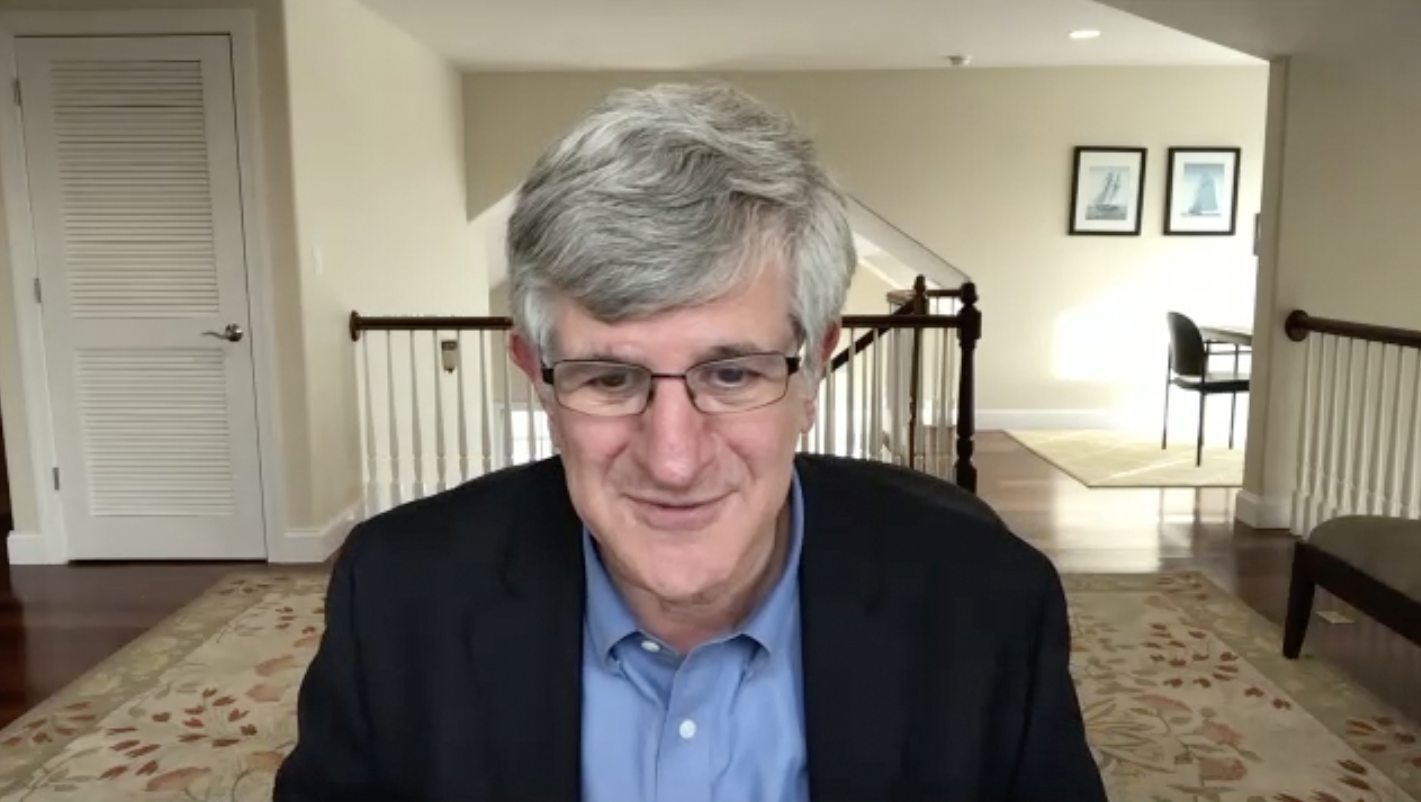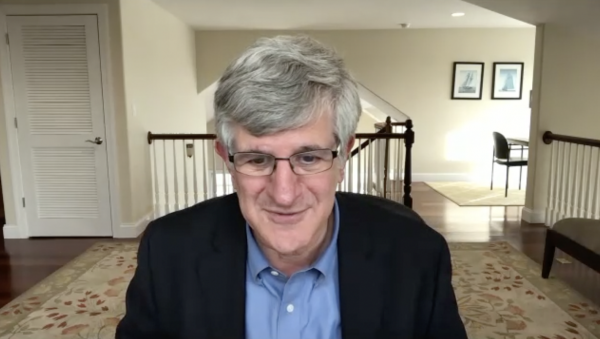KID REPORTERS’ NOTEBOOK
A Look at Life After the Pandemic

The largest vaccine campaign in history is underway. To date, roughly 800 million COVID-19 vaccines have been distributed worldwide. But what about us kids? Now that adult vaccines are being administered, the race is on to vaccinate young people.
Individuals ages 16 and older are already eligible to get vaccines developed by Pfizer-BioNTech and Moderna. On April 13, the Food and Drug Administration recommended a “pause” for a vaccine developed by Johnson & Johnson, which only requires one dose. Blood clots have been detected in a small number of women who received the vaccine, and medical officials want to ensure that the condition is treated effectively.
So far, Pfizer’s vaccine trial for kids between the ages 12 and 15 has demonstrated “100% efficacy and robust antibody responses” against COVID-19, the contagious disease caused by the coronavirus. Pfizer is currently involved in vaccine trials for children between the ages of 6 months and 11 years.
To understand more about the vaccines and life after the pandemic, I spoke with Dr. Paul A. Offit, an internationally-renowned vaccine expert. Offit is director of the Vaccine Education Center and Professor of Pediatrics in the Division of Infectious Diseases at Children’s Hospital of Philadelphia. Here are highlights from our conversation, which has been lightly edited for length and clarity.
Do you think all children should get the vaccine when it becomes available?
I certainly think that children, say over 5 years of age, should. Any virus that causes children to suffer, or be hospitalized, or to rarely die—if it can be prevented safely and effectively, then it should be prevented.
Like me, lots of children are afraid to get shots. How can we feel braver about rolling up our sleeves?
It’s no fun to get a shot, but the disease is less fun. I was a child of the 1950s, so I had measles, the mumps, German measles, chickenpox, and, you know, you were miserable. You’re fortunate enough to be at a time when you don’t have to suffer. You can just get one shot, and you won’t have that disease.
People need to see what vaccines do. They boost your immune system. They give you immunity you didn’t have, so now you’re Superman. You’re stronger—these viruses will bounce right off of you. They couldn’t bounce off me, because I didn’t have that protective shield of immunity.

“It’s no fun to get a shot,” says Dr. Paul Offit, “but the disease is less fun.”
For kids concerned about returning to school or activities, help us understand what our new normal looks like.
I think we’re getting there. At its heart, COVID-19 is a winter respiratory virus. As the weather gets warmer and more humid, I think the number of cases, hospitalizations, and deaths will go down. But it’ll be back next winter. The virus isn’t gone. The best we can hope for is it will slow down. But people might get fooled into thinking, ‘Great, it's gone. I don’t need to worry about it.’ We need to make sure that at least 8 out of every 10 people—80% of the population—is immune. If we don’t do that, I think the virus will be back next winter. We can’t get complacent here, and that’s what worries me.
What can you tell us about coronavirus variants that are now circulating?
This is a bat coronavirus that raised its head near Wuhan, China, and then swept through the country. The virus that started in China isn’t the virus that left China. The virus that left China was the first variant, the D614G variant. It was more contagious than the original virus, and that’s the virus that swept across Asia, Europe, and the United States. So it really is a variant that we were initially infected with, and the vaccines are designed to prevent that virus, the D614G variant that left China. The question is: Will the vaccines also prevent diseases caused by other variants? It’s actually a fairly slow mutator. We’ll know that a line has been crossed when people who have either been naturally infected, or immunized, are hospitalized with one of these variants. When that happens, then we’re going to have to talk about a second-generation vaccine, another vaccine in addition to the ones we’re getting.
When can we resume international travel?
I think when the summer comes, depending on where you’re traveling, and whether you’re immune. The vaccine is remarkably effective for all age groups, medical backgrounds, and for all racial and ethnic backgrounds. It’s been given to hundreds of millions of people safely. I don’t think you could have made up a vaccine that was this good.
It’s going to be a long time before we rid this virus from the world. In the United States, we vaccinate children against polio, even though we haven’t had a case of polio since the 1970s. We do that because polio still exists in the world. International travel is common. If we let our guard down and stop giving the vaccine, polio could come back in this country. There are 195 countries in the world, and not all of them have started to administer the vaccine. Until we’re on top of the virus globally, it’s going to be an issue for this country. As we have learned during the pandemic, what happens in other parts of the world certainly affects our part of the world.
